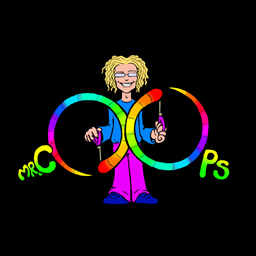Contemporary Theatre can be defined as
http://contemporaryperformance.org/forum/topics/how-do-you-define-contemporary
The term Contemporary Performance is used to describe hybrid performance works and artists that travel between the fields of Experimental Theatre & Dance, Video Art, Visual Art, Music Composition and Performance Art without adhering to one specific field’s practice.”
We found another definition at the Lost Notebook blog.
“Contemporary performance is hybrid work that integrates text, dance, objects, music, costumes, lighting, image, sound, sets, and vocal expression into complex interactive systems. Contemporary performance names a body of work that builds on an aesthetic history beginning in the 1880s with Alfred Jarry and early Dada experiments and unfolds through into the American avant-garde and Performance Art of the 1980s. Contemporary performance collages are often non-narrative, technically rigorous, and carefully orchestrated anarchic chaos. They unsettle perception, demand critical engagement from audiences, address conceptual debates within aesthetics, draw on a diverse range of cultural interests, and bring pleasure to populations across the globe.” – Morgan v. P. Pecelli at lostnotebook.com
From this a take contemporary theatre to be theatre which utilises modern day techniques to perform a piece. This embracing of modern techniques and thinking can lead to veery different theatre experience than going to see a classically delivered theatre piece. Most people have heard of Shakespeare and relate his work to being on stage delivered in a very serious manner. As times have changed many of his plays have been ‘re-invented’ as it were or made more contemporary by applying modern day thinking and techniques to a classic piece. Some examples from the film industry can be found here a larger list covering a greater range of works can be found here
So contemporary is a relative term, as it is down to the time,place and society the it is performed in that will determine how the work is interpreted like anything in the ‘art’ world.
It often will make an older play more relevant with updated dialogue and settings which a modern audience can identify with.
It can also apply to modern scripts which are left purposefully ambiguous by the script writer. we at Kendal in Spring produced a performance on Buckets by Alan Barnard. This piece has no direct running narrative but explores that theme of death, loosely based on bucket lists. It is written as a series of 33 scenes some very short and some longer. There are also no stage notes, list of characters etc leaving this very open to interpretation.

